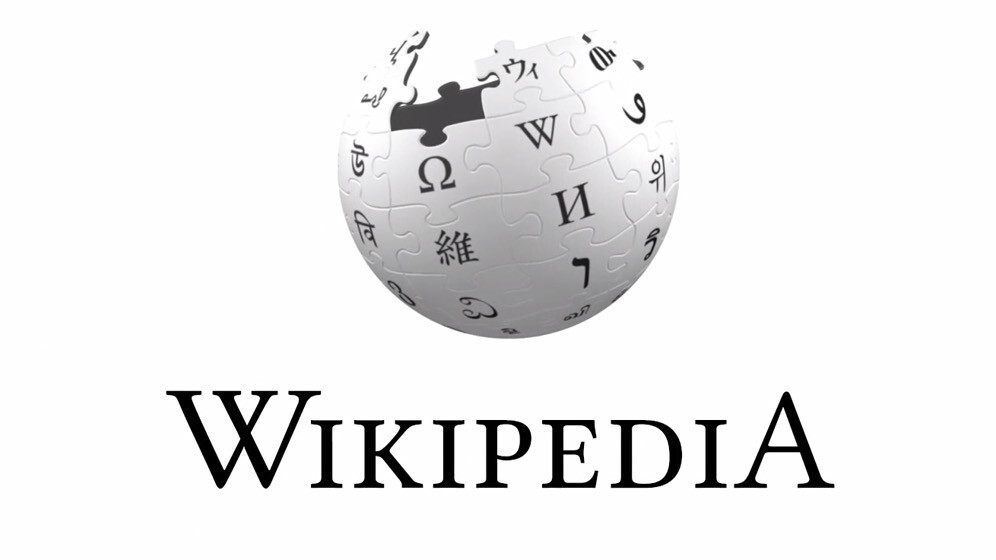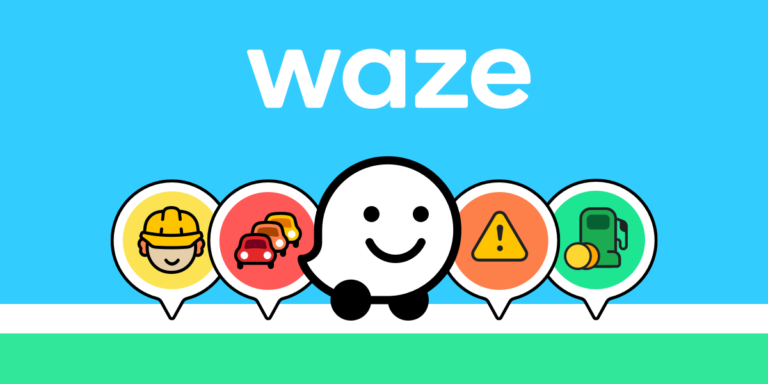Introduction
Wikipedia, the world’s largest and most popular free online encyclopedia, stands as a monumental testament to collaborative human effort. Its existence and continued growth rely almost entirely on a vast, decentralized community of volunteer editors. While not often cited alongside apps like Duolingo or Fitbit, Wikipedia employs a sophisticated, albeit subtle, system of gamification mechanics deeply embedded within its editing and community structure. These elements play a crucial role in motivating contributors, fostering a sense of community, and ensuring the quality and expansion of its content. This case study explores how Wikipedia leverages gamification principles for community building.
The Challenge: Mobilizing and Retaining a Global Volunteer Workforce
Wikipedia’s core challenge is immense: how to attract, motivate, retain, and coordinate millions of volunteers worldwide to collaboratively create and maintain a comprehensive, neutral, and reliable encyclopedia? Unlike traditional organizations, it cannot rely on monetary compensation. Instead, it needs to tap into intrinsic and social motivators. This is where gamification, integrated organically into the platform’s fabric, comes into play.
Gamification Elements in Wikipedia
Wikipedia’s gamification isn’t about flashy badges (though they exist in a specific form) or leaderboards dominating the interface. It’s woven into the very process of contribution and interaction:
- Progression and Status (User Rights & Edit Counts):
- Mechanic: As users contribute edits, their
edit countincreases, visibly displayed on their user page. This acts as a basic, quantifiable measure of experience and activity. - Gamification Principle: Points/Experience accumulation.
- Impact: Provides a sense of progress and accomplishment. More significantly, reaching certain edit count thresholds and account ages automatically grants users new
user rights(e.g.,autoconfirmed,extended confirmed). These rights unlock abilities like moving pages, editing semi-protected pages, and uploading files. Higher levels (Administrator, Bureaucrat) require community vetting and bestow significant responsibility and status. This creates a clear progression path with tangible rewards (increased capabilities and trust).
- Mechanic: As users contribute edits, their
- Achievement and Mastery (Article Quality & Featured Content):
- Mechanic: Articles in Wikipedia are assessed on a quality scale (Stub, Start, C, B, Good Article (GA), Featured Article (FA)). Elevating an article, especially to GA or FA status, requires substantial effort, adherence to strict criteria, and rigorous peer review.
- Gamification Principle: Achievement Unlocking, Mastery Goals, Boss Levels (FA/GA review process).
- Impact: Provides clear, challenging goals for dedicated editors. Achieving GA or FA status is a significant mark of distinction and demonstrates mastery of Wikipedia’s policies and content standards. It provides deep satisfaction and recognition within the community.
- Recognition and Social Status (Barnstars & User Pages):
- Mechanic:
Barnstarsare virtual awards given by one editor to another to recognize specific valuable contributions, hard work, or positive conduct. They are displayed on the recipient’s user page. User pages themselves can be customized, allowing editors to showcase their contributions, interests, and received Barnstars. - Gamification Principle: Badges, Social Recognition, Customization/Identity.
- Impact: Barnstars serve as a direct, peer-to-peer reward system, fostering positive reinforcement and community cohesion. User pages act as personalized profiles, allowing editors to build an identity and reputation within the community based on their contributions and accolades.
- Mechanic:
- Collaboration and Teamwork (WikiProjects & Talk Pages):
- Mechanic:
WikiProjectsare groups of editors who collaborate on specific topic areas (e.g., WikiProject Medicine, WikiProject Video Games).Talk Pagesfacilitate discussion, consensus-building, and dispute resolution for specific articles or broader topics. - Gamification Principle: Guilds/Teams, Social Interaction Loops.
- Impact: WikiProjects provide a sense of belonging and shared purpose, allowing editors with similar interests to work together towards common goals, much like teams or guilds in games. Talk pages are the core social hub, enabling the collaborative gameplay essential to Wikipedia’s model.
- Mechanic:
- Feedback Loops (Edit History & Watchlists):
- Mechanic: Every change to an article is meticulously tracked in the
edit history. Editors canwatchlistpages to be notified of any changes made by others. Reverting vandalism provides immediate, positive feedback (restoring order). - Gamification Principle: Real-time Feedback, Progress Monitoring.
- Impact: The transparent edit history provides constant feedback on contributions and the actions of others. Watchlists allow editors to monitor “their” articles or areas of interest, engaging them in ongoing maintenance and quality control, similar to monitoring resources or territory in a game.
- Mechanic: Every change to an article is meticulously tracked in the
Impact on Community Building
Wikipedia’s integrated gamification elements contribute significantly to:
- Motivation: Providing clear goals (article improvement, user rights), quantifiable progress (edit counts), and recognition (Barnstars) taps into intrinsic desires for competence, autonomy, and relatedness.
- Retention: The sense of progression, accumulated status, social connections within WikiProjects, and peer recognition encourages editors to stay involved long-term.
- Collaboration: Mechanics like Talk Pages and WikiProjects provide the framework for essential social interaction and teamwork.
- Quality Control: The drive for achievement (GA/FA status) and the feedback loops (watchlists, edit history) incentivize adherence to policies and maintenance of quality standards. Vandalism fighting becomes a form of “player vs. environment” or “player vs. griefer” gameplay for some.
Overall Score: 4.1/5
Wikipedia earns a high score for its deeply integrated and effective use of gamification principles. It masterfully leverages intrinsic and social motivators rather than relying heavily on extrinsic rewards. The system is subtle, scalable, and directly aligned with the core goal of building a high-quality encyclopedia. It successfully motivates a massive volunteer base towards complex collaborative tasks.
The reason it doesn’t get a perfect 5/5 is primarily due to its subtlety, which can also be a barrier. The “game rules” (policies and guidelines) are complex and not immediately obvious, leading to a steep learning curve for new editors. The gamification isn’t explicitly presented as a game, which might make it less immediately engaging for those seeking overt game experiences, and can sometimes lead to unintended consequences like edit count races over quality contributions, or gatekeeping by established users.
Pros of Wikipedia’s Gamification Approach
- Intrinsic Motivation: Focuses on mastery, purpose, and social connection rather than just points or badges.
- Scalability: The system supports millions of users without significant overhead for managing explicit rewards.
- Alignment with Core Goals: Gamification elements directly support the creation and maintenance of encyclopedia content.
- Community Ownership: Peer-awarded Barnstars and community-driven processes (like RfA – Requests for Adminship) reinforce community control.
- Cost-Effective: Relies on volunteer effort and social dynamics, not financial incentives.
- Subtlety: Avoids feeling overly “gamey,” which might detract from the serious purpose of the project for some contributors.
Cons of Wikipedia’s Gamification Approach
- Steep Learning Curve: The underlying rules and progression paths are complex and not immediately apparent to newcomers.
- Potential for Unintended Behavior: Focus on edit counts can sometimes incentivize quantity over quality; status can lead to gatekeeping or disputes.
- Opaqueness: The lack of an explicit gamification layer can make it hard for new users to understand how to “succeed” or progress.
- Risk of Burnout: The constant need for vigilance (vandalism fighting, quality control) can be demanding.
- Not Explicitly “Fun”: While rewarding, the process is often more about diligent work and navigating complex social dynamics than lighthearted fun.
Conclusion
Wikipedia provides a fascinating example of deeply embedded, largely intrinsic gamification. By integrating mechanics related to progression, achievement, status, recognition, and collaboration directly into the editing and community framework, it successfully motivates millions of volunteers to contribute to a shared, monumental goal. While its subtlety creates a high barrier to entry for some, its effectiveness in building and sustaining one of the world’s largest collaborative communities is undeniable, making it a powerful case study in purpose-driven gamification.
Estimated reading time: 7 minutes




